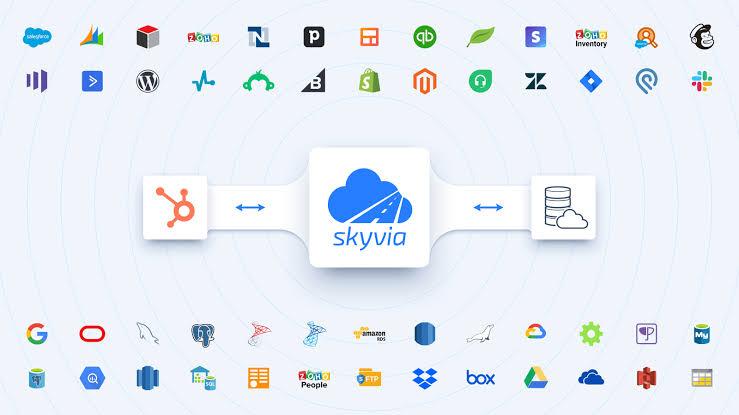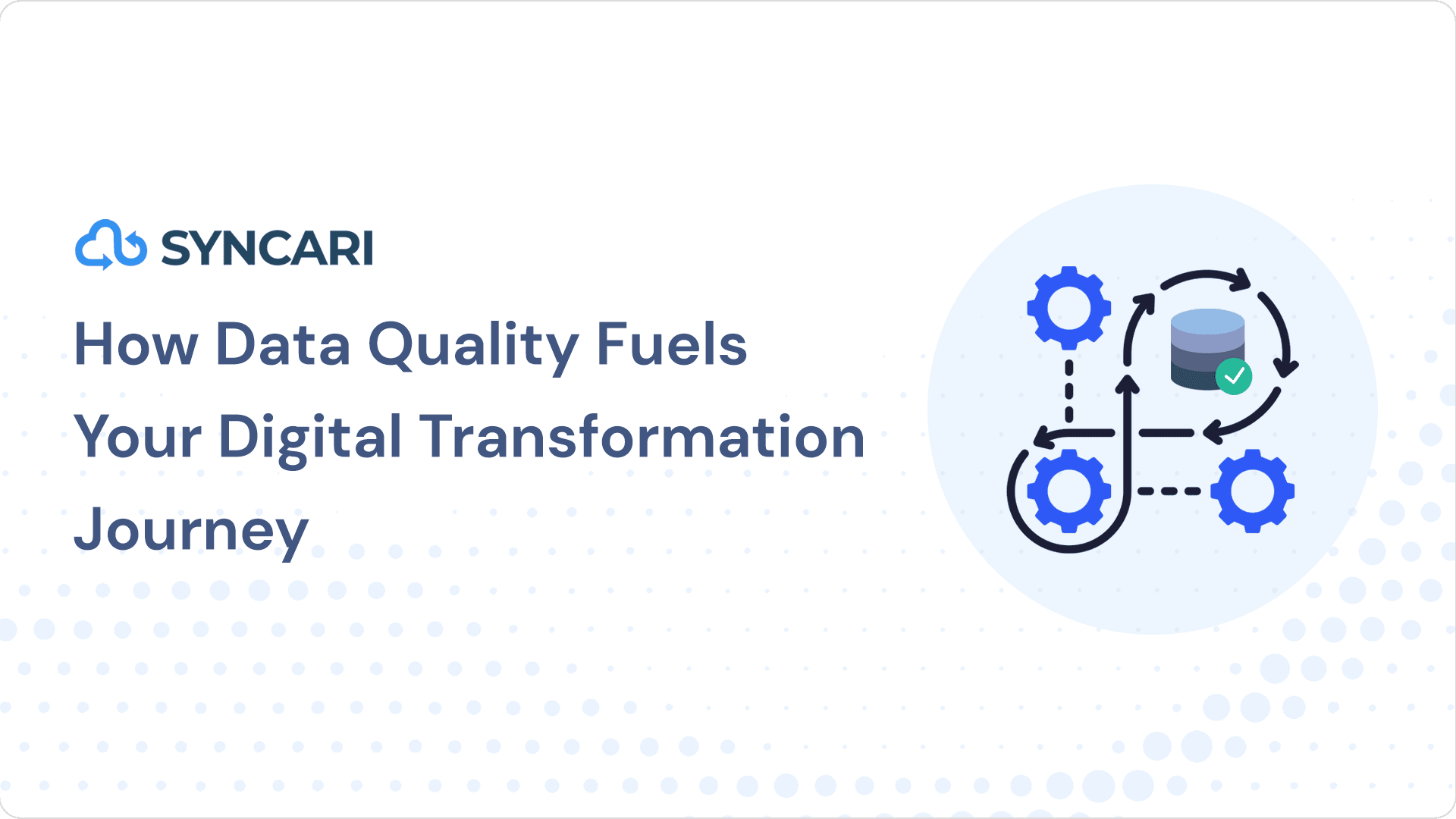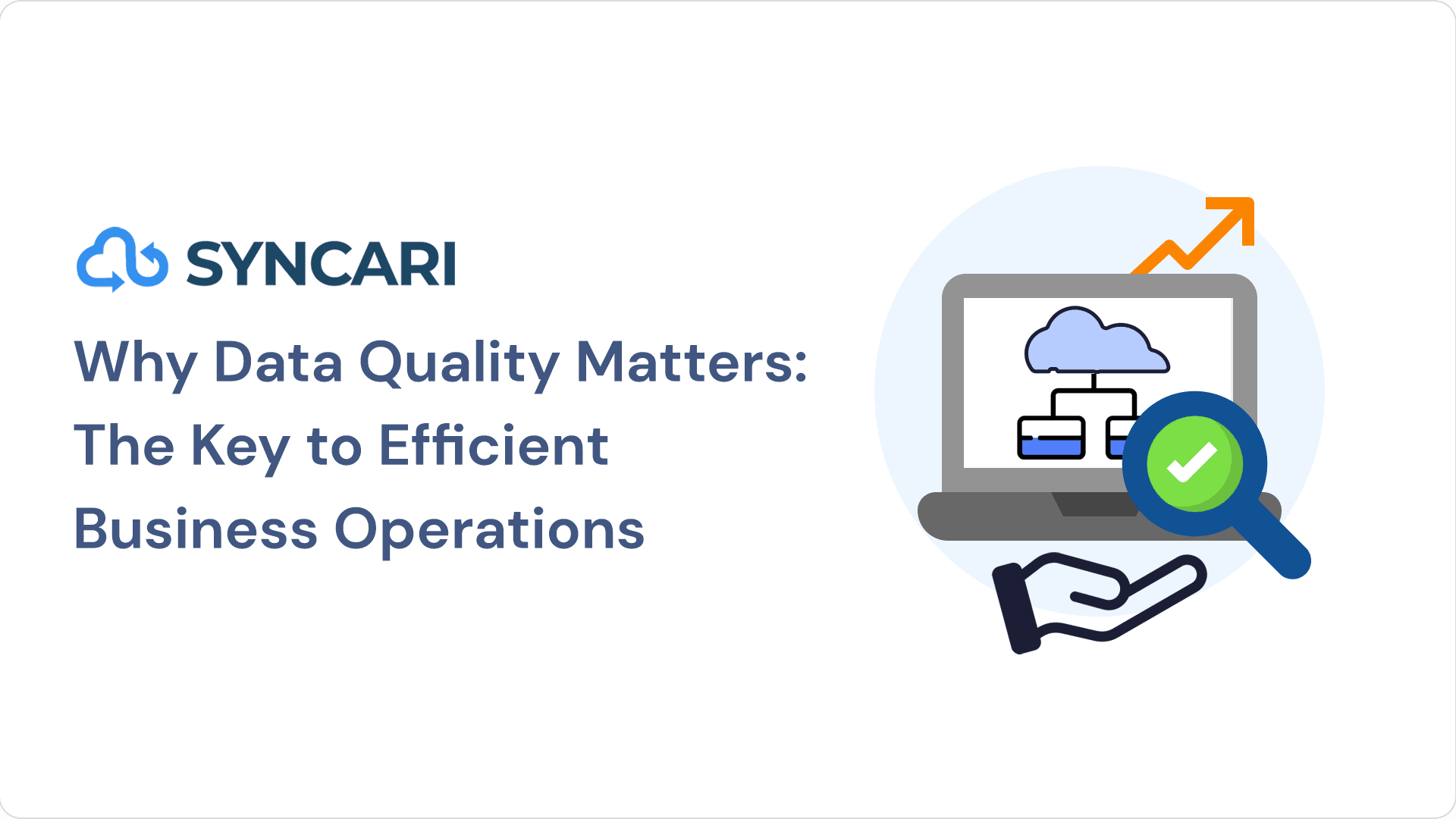Are you seeking a flexible, affordable solution to streamline your data integration needs? Many consider Skyvia. With its cloud-based platform and user-friendly interface, Skyvia offers a comprehensive range of features to help you easily connect, integrate, and synchronize your data.
But what about pricing and plans? In this article, we’ll look at Skyvia’s pricing options and help you find the perfect plan to meet your needs and budget. Whether you’re a small business owner, a data analyst, or an enterprise-level organization, Skyvia has the right plan for you.
So let’s dive in and explore the world of Skyvia pricing plans.
What Is Workflow Automation?
Workflow automation is a technology-driven approach to streamlining business processes and reducing manual labor.
It involves using software and other tools to automate tasks that are often repetitive and follow a set of rules or steps.
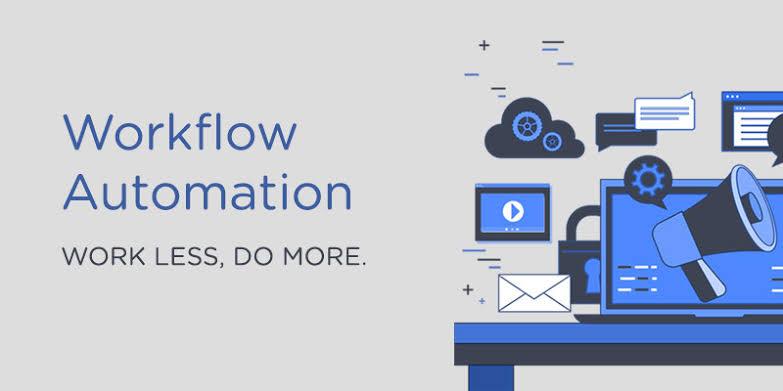
Workflow automation can be applied to various industries and departments, such as sales, marketing, customer service, and finance. Workflow automation software is distinct from data automation software tools, which provide the ability to unify data across different systems, so that system-native workflows can operate smoothly with the right information.
The key idea behind workflow automation is using software to take over routine tasks, freeing employees to focus on more complex or creative work.
These software solutions are designed to be customizable, allowing businesses to create workflows tailored to their specific needs.
Businesses can reduce errors and delays by automating these steps while improving accuracy and compliance.
One of the key benefits of workflow automation is its ability to save time and money. By automating routine tasks, businesses can reduce the time and effort required to complete them while improving accuracy and consistency.
This can translate into significant cost savings over time and increased productivity and efficiency.
What Is Skyvia? What Does It Do?
Skyvia is a cloud-based data integration and management platform that allows you to connect and manage data across various cloud applications and databases.
It provides a range of features, including data integration, backup, replication, synchronization, and management, all of which can be accessed through a web-based interface.
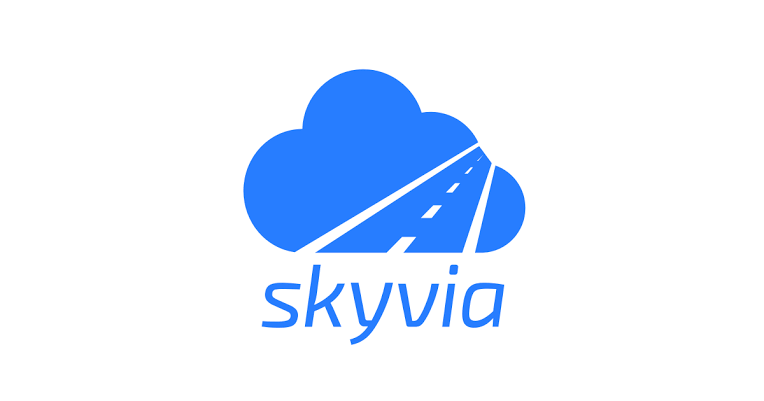
Skyvia supports many data sources, including popular cloud applications such as Salesforce, HubSpot, Shopify, QuickBooks, and more. It also supports various databases such as SQL Server, MySQL, PostgreSQL, and Amazon RDS.
With Skyvia, you can perform various tasks such as data synchronization between different data sources, backup and restoration of data, and data replication between different databases.
Skyvia also offers data transformation and mapping tools, which allow users to map data fields and perform data transformation operations such as filtering, aggregating, and joining data.
Features
Here are the key features of Skyvia:
Data Integration:
Skyvia allows you to easily connect and integrate data from different sources, including cloud applications like Salesforce, HubSpot, and Shopify, as well as databases like SQL Server, MySQL, and PostgreSQL.
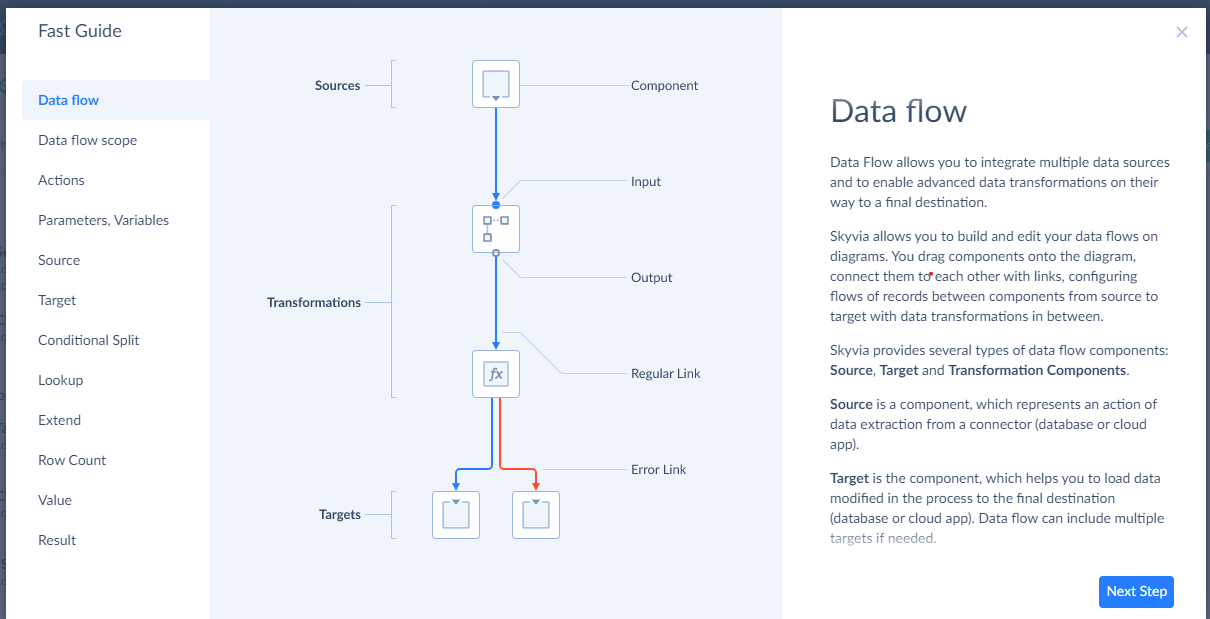
You can create bi-directional synchronization tasks between data sources, map data fields between sources, apply filters and transformations to data, and schedule tasks to run automatically.
Data Backup:
Skyvia provides automated and manual data backup and restoration for cloud applications and databases. You can set up full, incremental, and differential backups and schedule backups to run automatically.
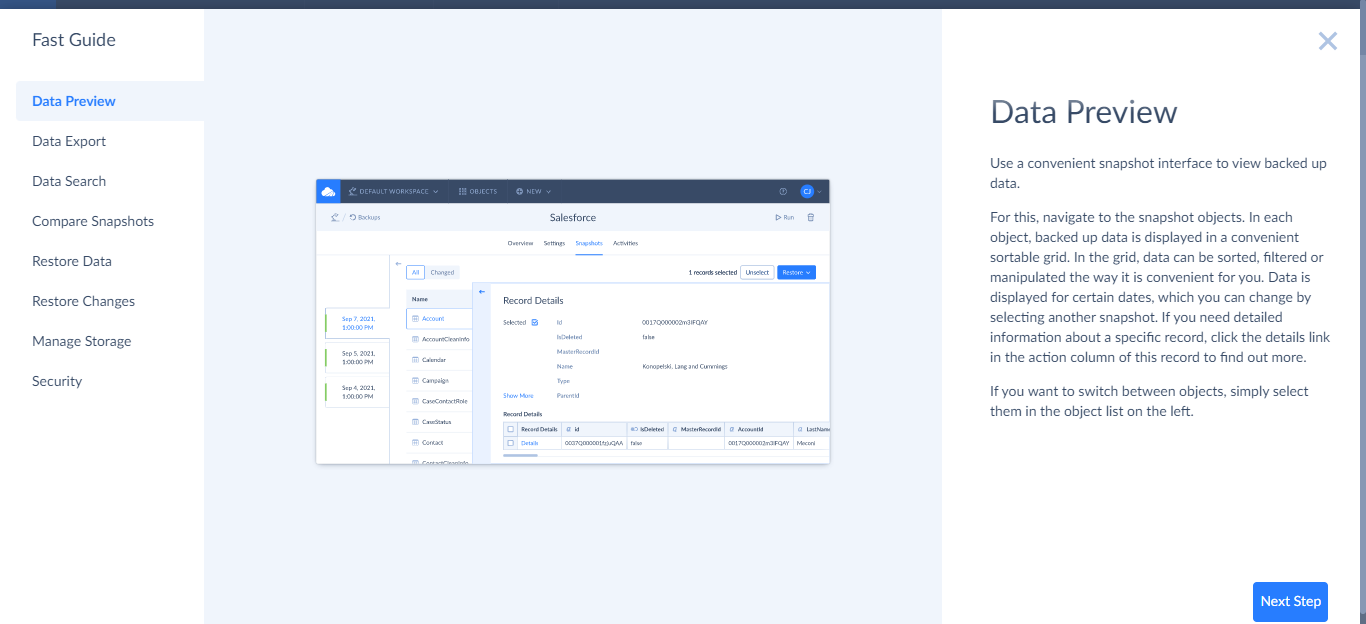
They can also restore data to the same or a different data source and specify how far back in time they want to restore it.
Data Replication:
Skyvia enables you to replicate data between different databases and cloud applications.
You can set up replication tasks that run automatically at specified intervals and configure the tasks to replicate all or only selected data. They can also specify how data conflicts should be handled.
Data Migration:
Skyvia allows You to migrate data from one database or cloud application to another. With Skyvia, you can map data fields between sources, apply filters and transformations to data, and schedule migration tasks to run automatically.
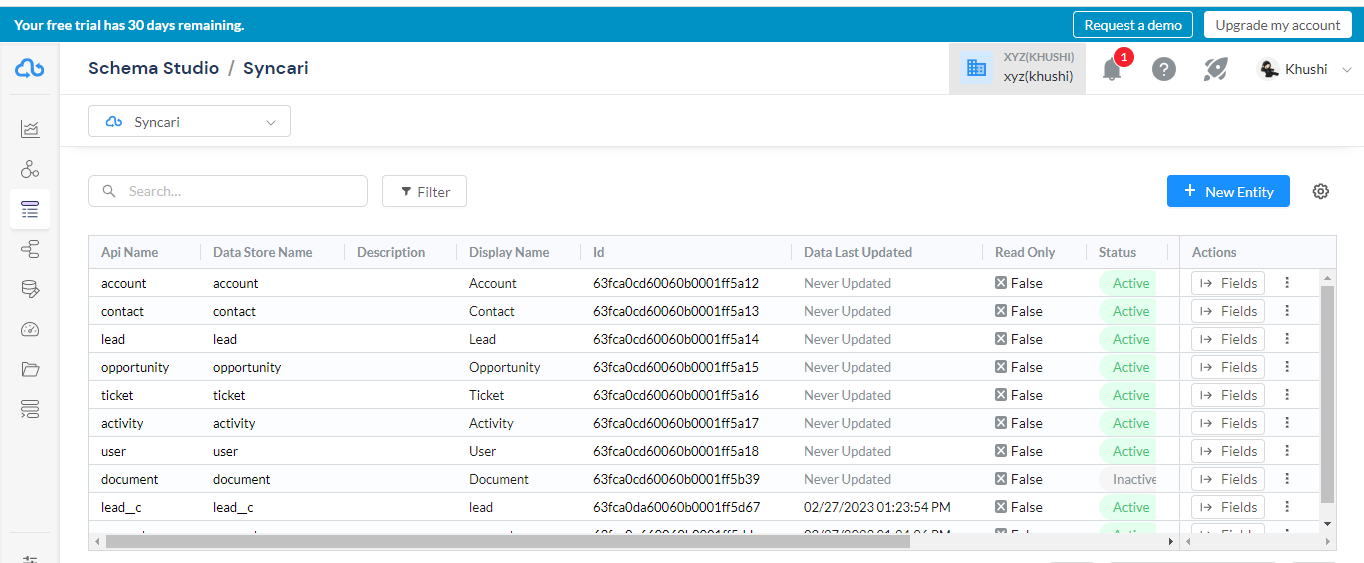
Skyvia supports various data formats, including CSV, Excel, XML, and JSON.
Data Querying:
Skyvia provides a SQL editor for querying and managing database data. You can create, edit, and execute SQL queries and save queries for future use.
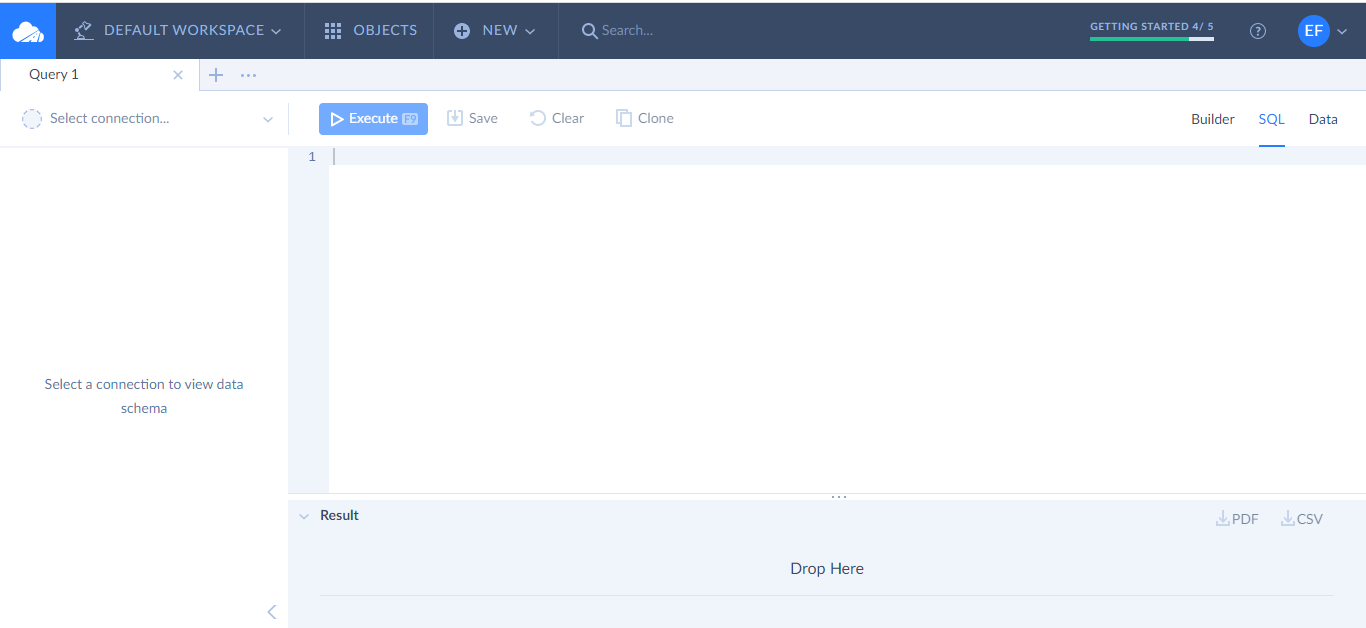
The SQL editor supports syntax highlighting, autocomplete, and code folding and provides a query history.
Data Mapping:
Skyvia supports visual data mapping between different data sources. Users can map data fields between sources by dragging and dropping them onto a mapping canvas and create complex data transformation rules using a variety of functions and operators.
Data Import/Export:
Skyvia enables users to import and export data to and from different cloud applications and databases.
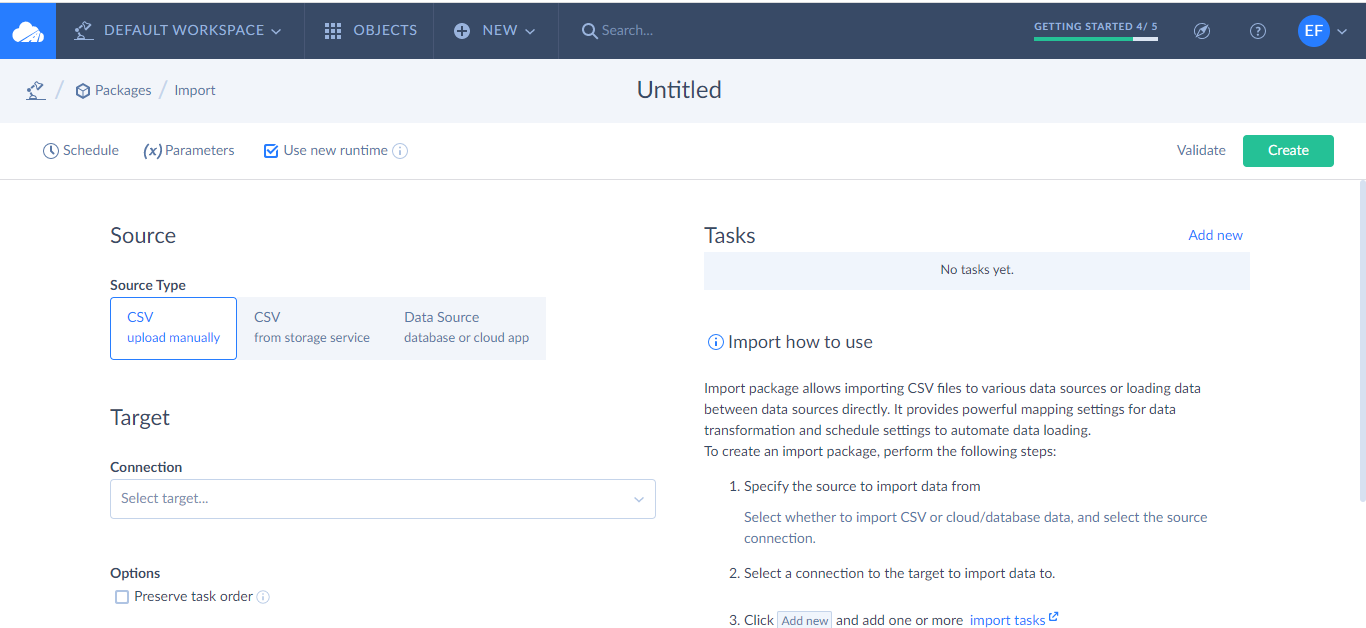
With Skyvia, you can upload or download data in various formats, including CSV, Excel, XML, and JSON. They can also schedule import and export tasks to run automatically.
Collaboration:
Skyvia provides a platform for team members to collaborate on data integration and backup projects.
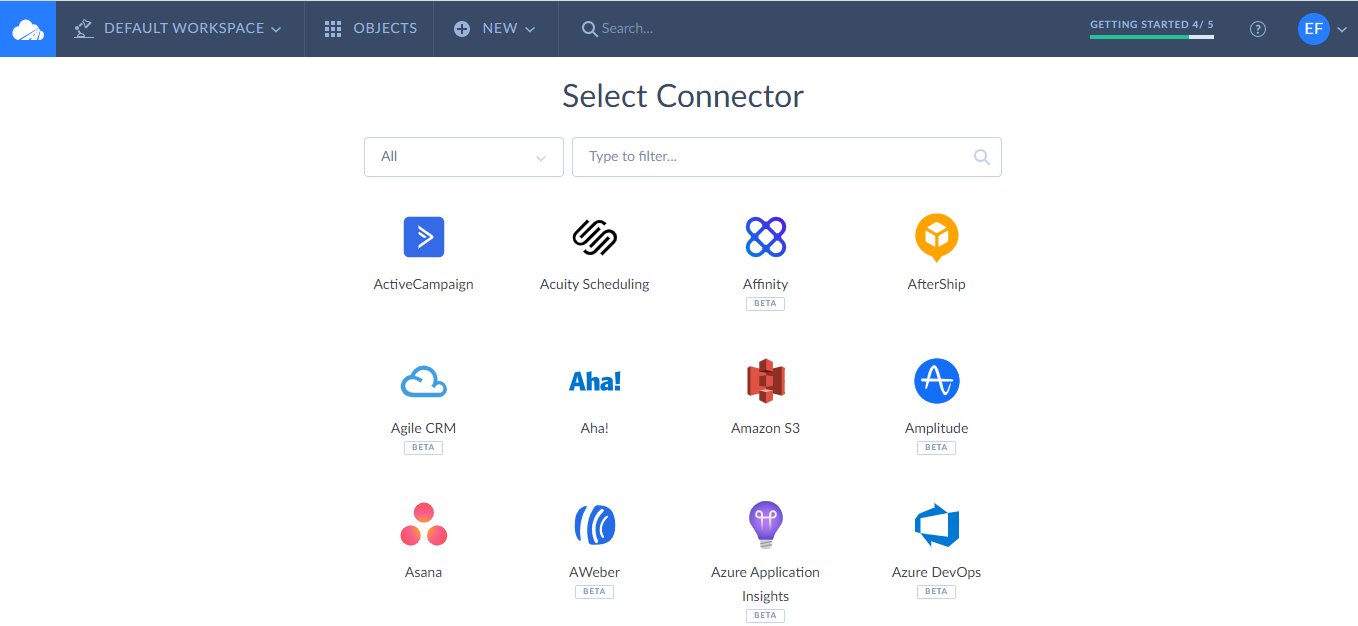
This entails that you can share projects with other team members, assign permissions to control who can view and edit projects, and track activity logs to monitor project changes.
Security:
Skyvia provides a secure environment for data integration and backup. It uses SSL encryption for data transfer and supports OAuth authentication for cloud applications.

It also provides two-factor authentication and IP restriction for security. Additionally, all data is stored in a secure cloud environment that is backed up regularly.
Pros
- Easy to use and flexible platform
- Supports a wide range of data sources
- Offers powerful features for data integration, backup, replication, migration, querying, mapping, import/export, collaboration, and security
- Transparent pricing plans with a free plan for small data projects
Cons:
- Limited functionality on the free plan.
- Some advanced features may require technical expertise.
- Limited customization options for data mapping and transformation.
- It may not be suitable for large-scale data projects with complex requirements.
- No on-premise deployment option for users who require it.
Overview of Skyvia Pricing
Skyvia offers different pricing plans based on the features and services included in each plan. Here is a detailed overview of Skyvia pricing:
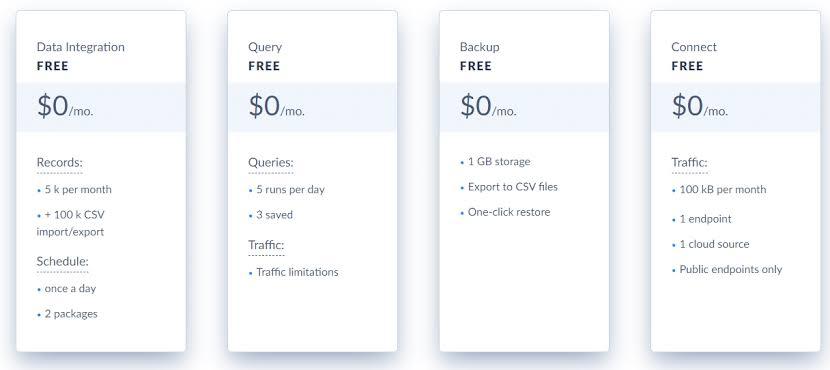
1. Free Plan
Skyvia offers a free plan with limited features for users who want to test the platform. The free plan includes up to 10,000 records per month, five integrations, and basic support. This plan suits small businesses or users with limited data integration needs.
2. Skyvia offers three paid plans: Basic, Professional, and Enterprise
- Basic Plan: The Basic plan is priced at $49 per month and includes up to 50,000 records per month, 10 integrations, and standard support. This plan suits small to medium-sized businesses with basic data integration needs.
- Professional Plan: The Professional plan is priced at $149 per month and includes up to 250,000 records, 25 integrations, advanced features, and premium support. This plan suits the medium- to large-sized businesses with more complex data integration needs.
- Enterprise Plan: The Enterprise plan is priced at $999 monthly and includes up to 5 million monthly records, unlimited integrations, priority support, and advanced features. This plan is suitable for large enterprises with extensive data integration needs.
3. Custom Plans:
Skyvia also offers custom plans for users with specific requirements. You can contact 25Skyvia’s sales team to discuss their needs and get a custom quote based on their requirements.
4. Additional Costs:
Besides the monthly subscription fee, there are additional costs for certain services, such as backup and replication services, which are priced based on the volume of data being processed.
Skyvia VS Syncari Pricing Table
Skyvia
| Starter Plan | Professional Plan |
|---|---|
| $25/month | $499/month |
| 25k records | 10m records |
| Schedule – once a day | Schedule – once a minute |
| 2 scheduled packages | Unlimited scheduled packages |
| Predefined mapping templates | |
| Custom logic |
Syncari Pricing
Syncari’s pricing is based on the number of records you manage, making it easy to predict costs and avoid unexpected expenses. Each Syncari instance includes pipelines, connectors, API calls, tasks, and transactions. Build unlimited pipelines, connect multiple systems, and run them as often as needed, all without worrying about additional costs.
Is Skyvia worth The Money?
Skyvia provides a range of data integration, backup, and management features, which may benefit some businesses or individuals.
However, for others with simpler data integration needs, the cost of the platform may not be justified. Additionally, other data integration platforms that offer similar features or may be better suited for specific businesses or data integration needs are available in the market.
Thus, it is important to evaluate Skyvia’s features, cost, and benefits and compare it with other data integration platforms to determine the best option that meets your specific requirements.
The Best Alternative To Skyvia – Syncari
Syncari is a cutting-edge data automation platform designed to help businesses streamline their data operations, reduce errors, and improve decision-making.
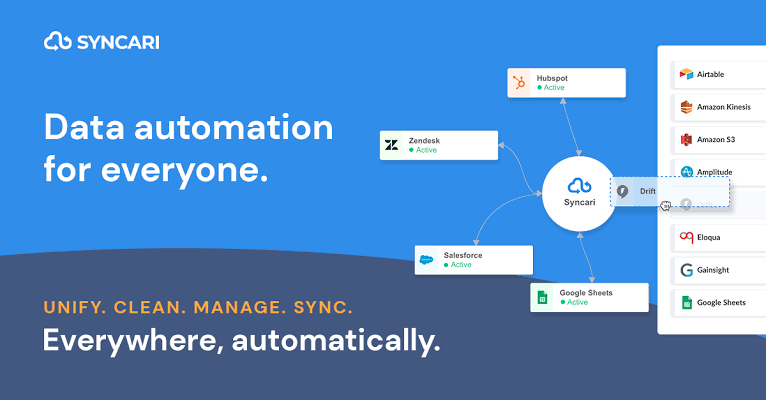
By leveraging advanced artificial intelligence and machine learning capabilities, Syncari can automatically unify, cleanse, and enrich data from multiple sources, creating a single source of truth that can be easily accessed and analyzed by teams across an organization.
With Syncari, businesses can eliminate data silos, increase data accuracy, and optimize their operations, ultimately driving better business outcomes. It doesn’t matter if your business is a small startup or a large enterprise, Syncari can help you achieve data harmony and take your business to the next level.
5 Reasons why you should choose Syncari
Here are five reasons why you should choose Syncari:
Advanced data automation features
Syncari offers advanced data automation capabilities, such as data normalization, cleansing, and enrichment, to help ensure your data is accurate, consistent, and up-to-date.
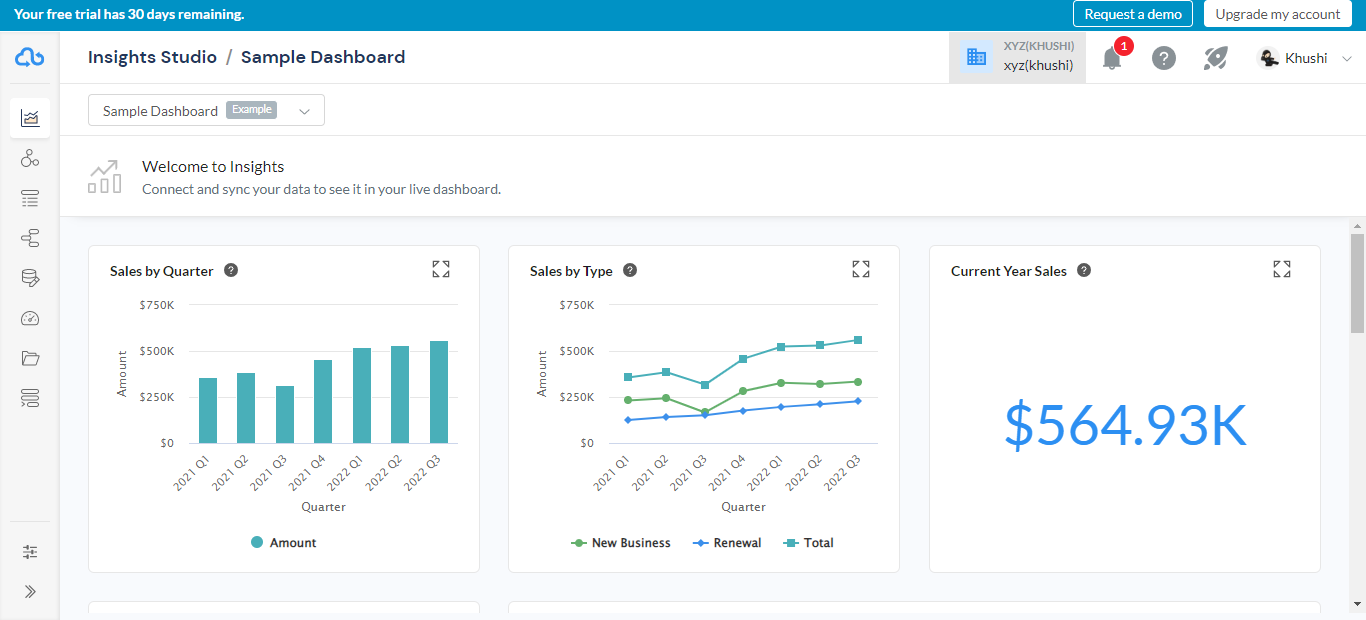
This can help you make better decisions and improve your overall business performance.
Unified data view
Syncari provides a unified view of your customer data, which can help you better understand your customers, identify patterns and trends, and optimize your marketing and sales strategies. 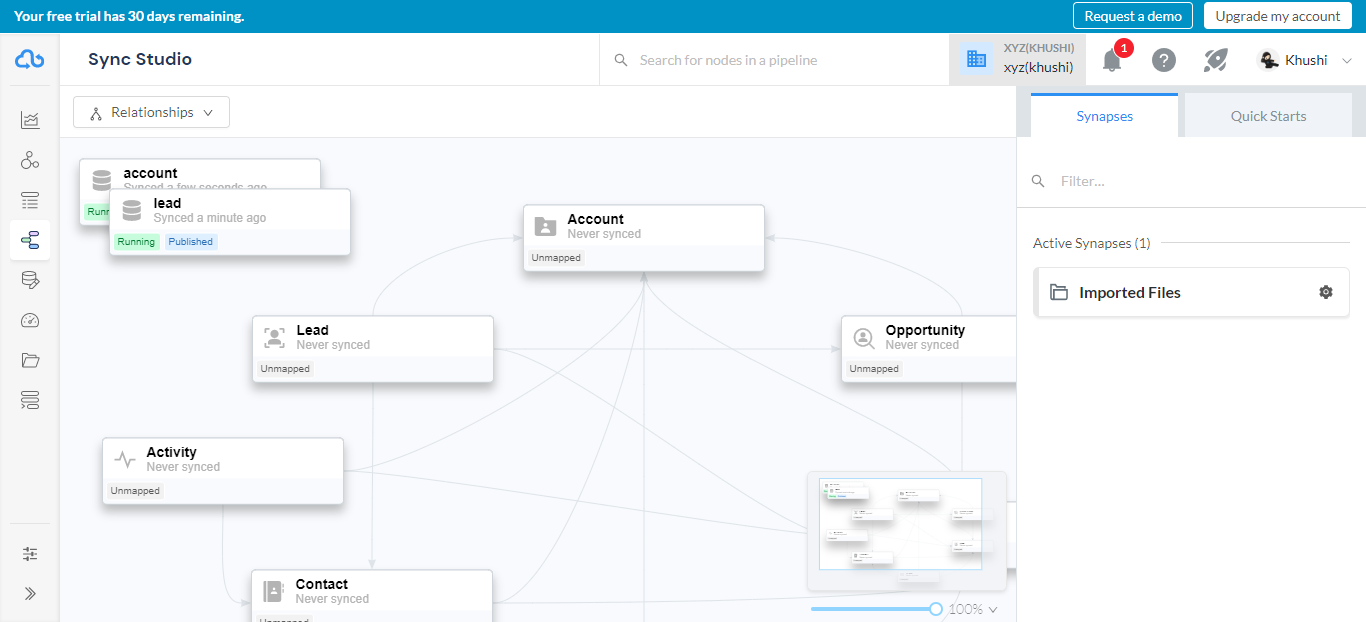
Enhanced data governance
Syncari provides robust data governance features, including data lineage, audit trails, and data quality monitoring, which can help you ensure that your data is accurate, reliable, and compliant with regulatory requirements. 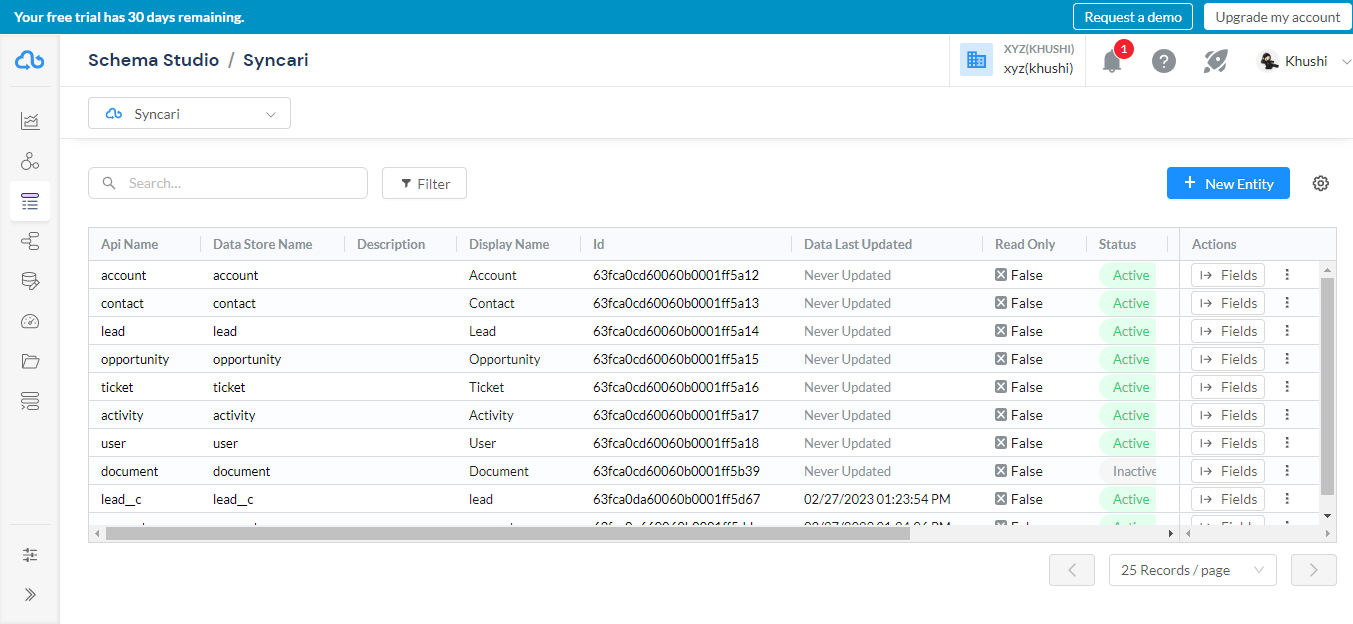
Time-saving
By automating your data operations, Syncari can help you save time and resources that would otherwise be spent manually managing your data.
This can free up your team to focus on more strategic activities that can drive your business forward.
Customer support
Syncari provides email, phone, and chat support to help you get the assistance you need when you need it.
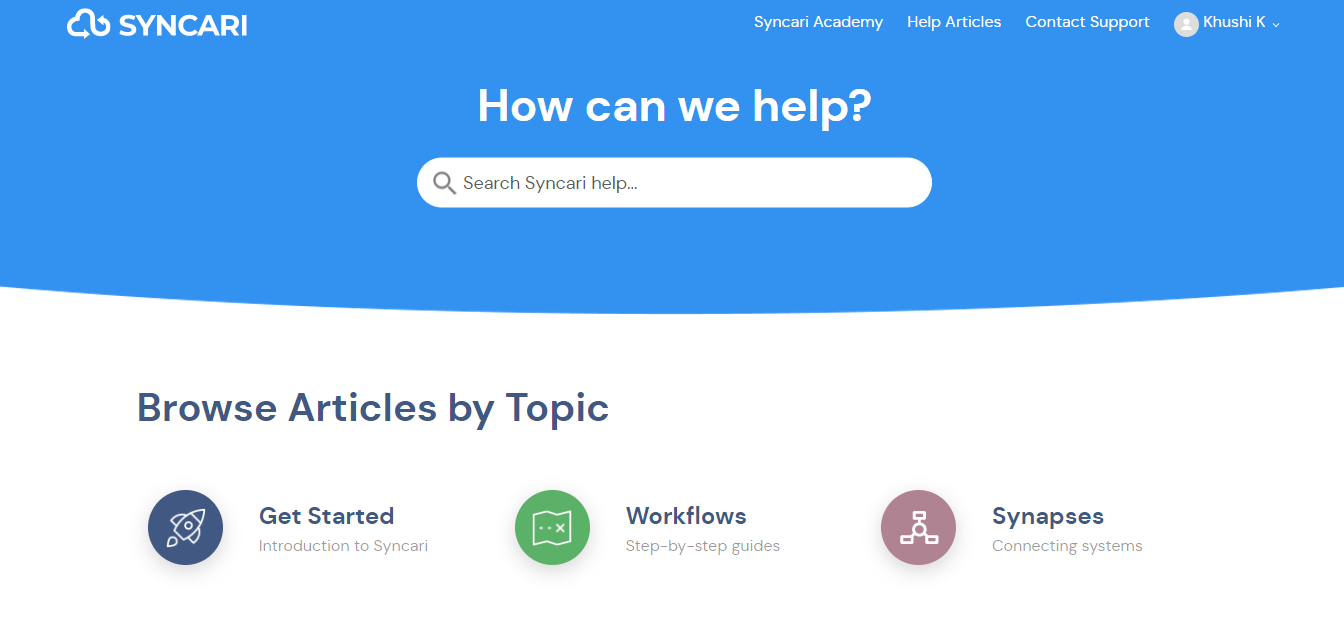
Their support team can help you troubleshoot issues, answer questions, and guide best practices.
Overall, if you’re looking for a comprehensive and powerful data automation platform that can help you streamline your data operations, improve data quality, and gain deeper insights into your customers, Syncari is worth considering.
Conclusion
Although Skyvia and other iPaaS solutions make easy connection and automation promises, they frequently fall short in terms of offering dependable, code-free workflows that can change with the needs of the data landscape. Syncari Synapses, on the other hand, provide self-healing interconnectivity.
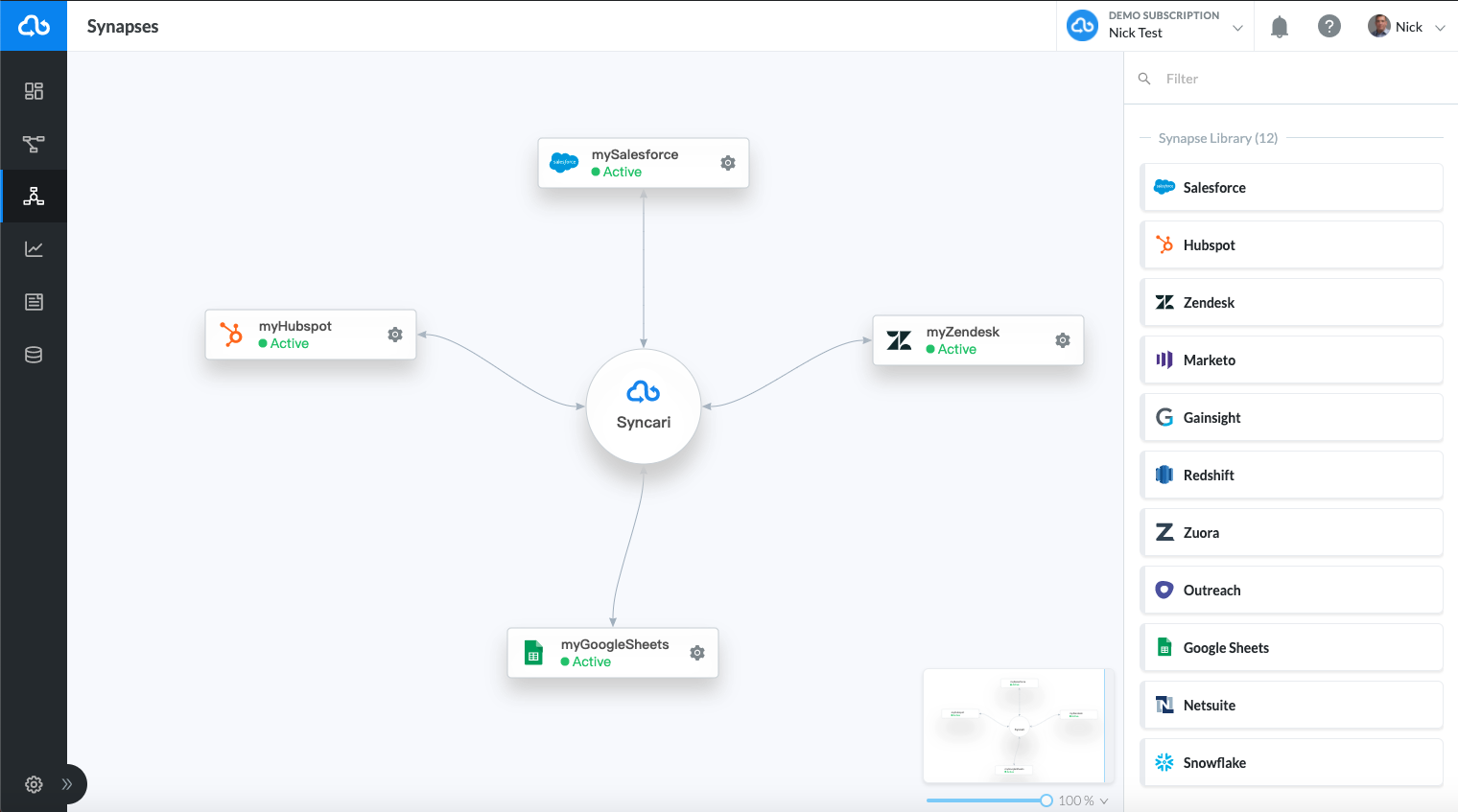
This enables API blocking, automated downtime changes, and simple setup without writing. This makes it simple to handle data updates among all linked systems, including deep integration for certain processes. Also, Syncari places a high priority on data accuracy and reliability by taking a “data-first” strategy.
It also emphasizes data regulation and establishing a distinct source of accuracy for each field. By multi-directional syncing, it is able to send reliable data to revenue-generating systems while keeping everything in sync when new information becomes available.
